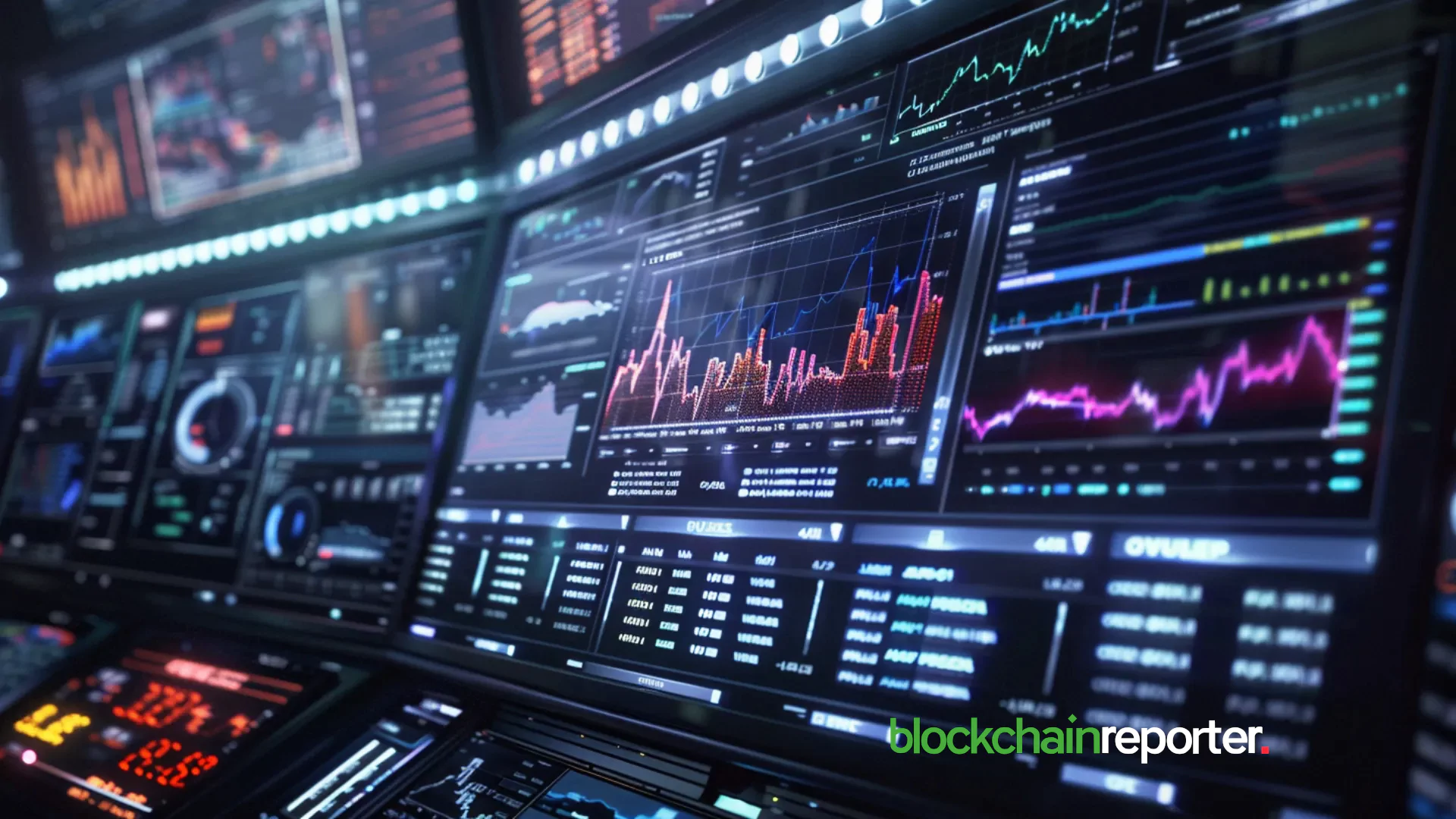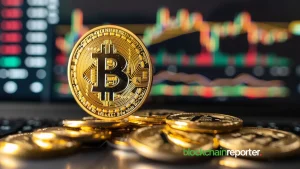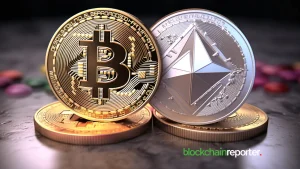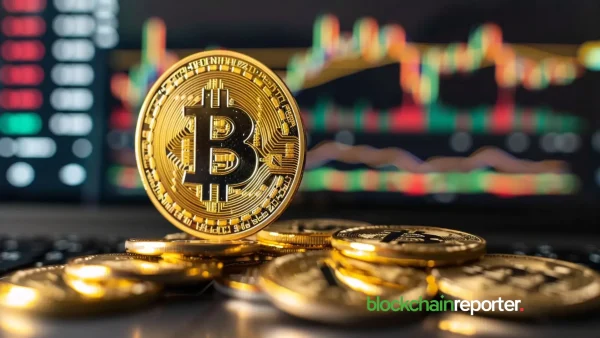
Crypto futures trading isn’t new, yet it may be new to you. The first forms came out around the mid-19th century, allowing farmers to sell their produce in a forward delivery manner, somewhat of a contract between both parties.
The finance world offers many investment options, and futures trading can tempt those looking to increase their returns. However, futures markets are complex and carry significant risks, so beginners must understand the basics before jumping in.
As a result, this guide will equip you with the essential knowledge to navigate the exciting yet challenging world of crypto futures trading.
What is Futures Trading in Crypto?
Imagine an agreement where you pledge to buy or sell a specific asset, such as Bitcoin, Ethereum, or more volatile investments, at a predetermined price on a future date. That’s the essence of a futures contract, as these are traded on regulated exchanges, ensuring transparency and security.
Furthermore, the underlying assets in futures contracts can be diverse, ranging from commodities like oil and gold to financial instruments like stock indices and cryptocurrencies.
Why Trade Futures?
Futures markets offer several advantages to traders. One key benefit is leverage, allowing you to control a more significant position with a smaller initial investment.
Futures markets offer speculation opportunities, enabling you to profit by predicting future price movements of various assets, yet let’s discover several reasons why investors engage in futures trading:
1. Hedging
Producers can use futures contracts to lock in a selling price for their commodities, protecting themselves from price fluctuations.
2. Speculation
Traders can profit by anticipating future price movements of the underlying asset. If they believe the price will rise, they can buy a futures contract; if the price falls, they can sell a contract.
3. Leverage
Futures contracts often require a smaller initial investment than buying the underlying asset outright. This leverage can magnify potential gains but also magnify potential losses.
Understanding the Risks of Futures Trading
The potential for high profits in futures trading is undeniable, but it’s equally important to be aware of the significant risks involved:
1. The Crypto Market Volatility
Futures markets are inherently volatile, meaning prices can swing dramatically, leading to substantial losses.
2. Various Margin Requirements
To enter a futures contract, you’ll need to deposit a margin, which is a percentage of the contract’s value. If the market moves against you, you may be required to post additional funds (margin calls) to maintain your position. Failure to do so could result in your position being liquidated, incurring significant losses.
3. High-Complexity
Futures trading involves various factors, including technical analysis, fundamental analysis, and understanding of contract specifications. A thorough grasp of these elements is crucial for informed decision-making.
Getting Started with Ease on Futures Trading
If you’re still keen on exploring futures trading after understanding the risks, here are some initial steps:
1. Invest in Your Future Trading Education
Numerous resources are available online and in libraries to delve deeper into futures trading. Consider taking online courses or reading books by reputable authors.
2. Open a Futures Trading Account
Choose a reputable futures trading platform regulated by a financial authority. One notable example could be FuturesAI, which uses the power of AI to revolutionize the crypto futures trading market, catering to beginners and advanced users.
As such, this tool could be your winging man for ensuring significant gains with little to no effort or risks, as the proprietary AI order engine technology helps you easily navigate the volatile futures markets.
Additionally, the community-backed leverage ensures liquidity is never a barrier to your trading strategy.
To get started, you can easily link your Telegram account or gear up for the future with an EVM-compatible wallet, like Metamask, Safepal, Trust, and others.
3. Develop a Futures Trading Plan
Before placing any trades, define your risk tolerance, entry and exit points, and money management strategies. Futures trading is not a scheme used to get rich.
Yet, it requires more than discipline and knowledge, so start small but consistent and gradually build your experience in a simulated environment before venturing into real-world trades.
In general, you can opt out of three main strategies:
Long, where you buy futures and profit when the price increases;
Short, where you sell off futures contracts and profit when the price drops;
Spread means you purchase different futures contracts and profit when there’s a price difference. Please note that you can have the same underlying assets, yet the contract expiration date must differ.
By approaching futures trading with a cautious and well-informed mindset, you can potentially leverage this exciting investment avenue to your advantage.
4. Futures Contract Details
Before jumping into the waters, knowing some key takeaways about futures contracts is essential to determine the size and manage the potential risks.
Contract Size: The contract size simply means the amount of the underlying asset involved in a futures contract.
Contract Value: To find the total value of a futures contract, investors multiply the contract size by the underlying asset’s current price.
Tick Size: Think of the tick size as the smallest possible price movement for a futures contract.
A Universe of Futures: What Can You Trade?
Futures contracts aren’t limited to a single asset class, offering a vast playground for investors seeking to speculate or hedge on future price movements, meaning you can trade futures contracts on a wide range of assets, including:
- Stocks: Track the performance of individual companies or entire stock indexes.
- Bonds: Speculate on interest rate movements and bond market fluctuations.
- Commodities: From the energy sector (oil, gas) to agricultural products (grains, livestock) and even forestry products, futures allow you to participate in these markets.
- Currencies: Play the foreign exchange market by trading contracts based on currency pairs.
- Interest Rates: Anticipate movements in interest rates by entering futures contracts tied to them.
- Precious Metals: Gold, silver, and other valuable metals can be part of your futures trading strategy.
- Cryptocurrencies: The growing world of digital currencies also offers opportunities for futures trading.
Final Thoughts
Futures trading offers a unique opportunity to increase your returns within the cryptocurrency market. However, it’s crucial to understand the inherent risks involved, including volatility, leverage, and complexity.
By approaching futures trading with caution, a well-informed strategy, and a focus on education, you can leverage this exciting investment avenue to your advantage.
As always, please remember to start small, prioritize education, and build your experience gradually before venturing into real-world trades.









